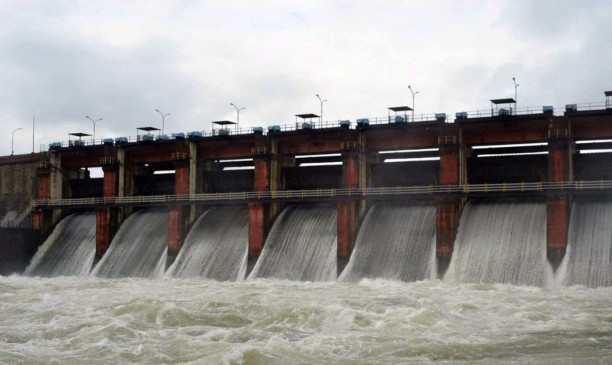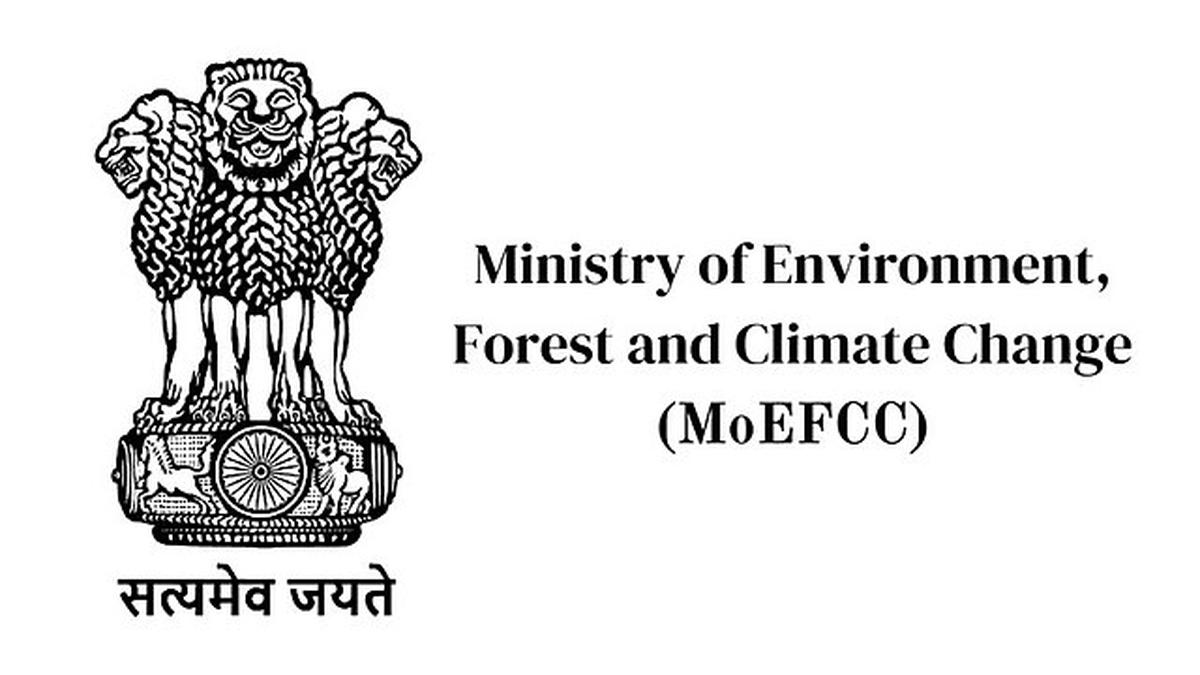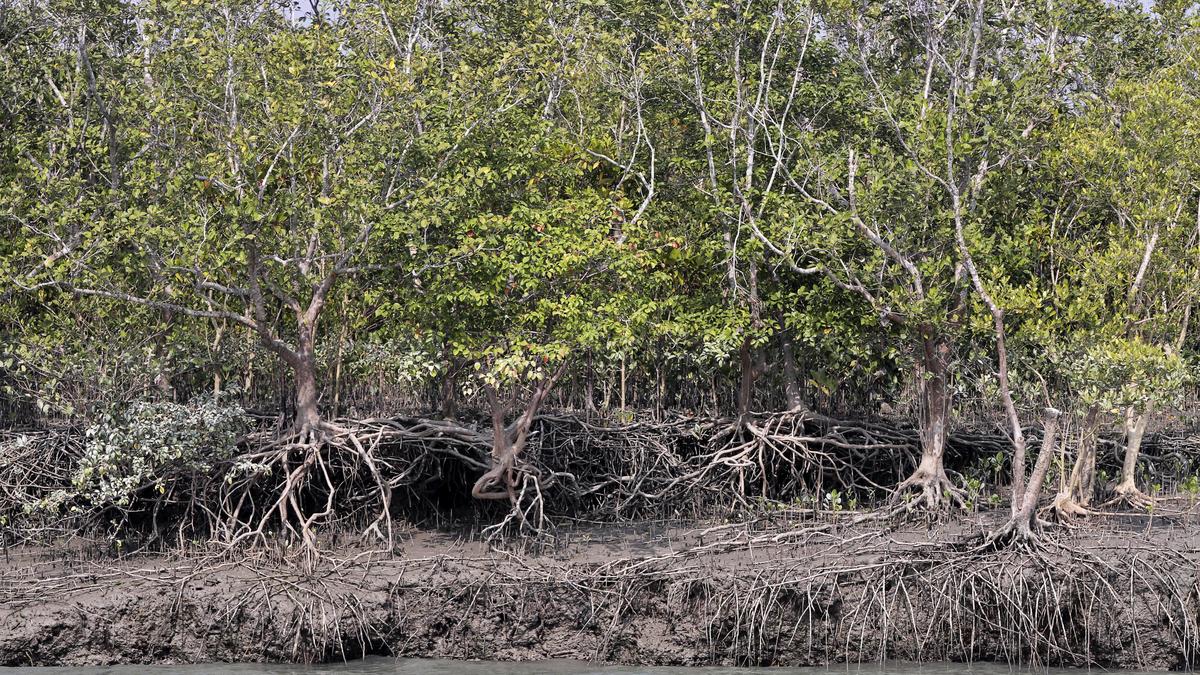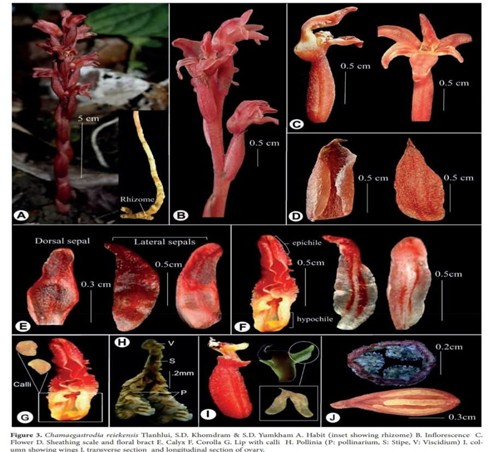Description
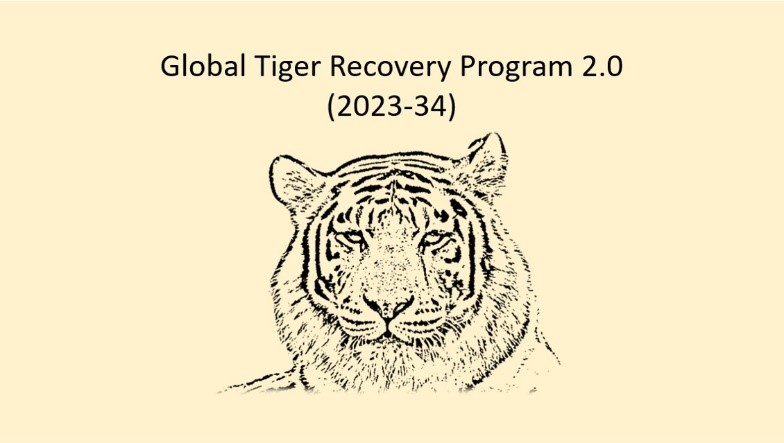
Disclaimer: Copyright infringement not intended.
Context
- Countries have submitted population numbers from 2010-2022 to, CITES.
Global Tiger Recovery Program (GTRP)
- Global Tiger Recovery Program (GTRP) was launched in 2010 under the Global Tiger Initiative (GTI) by the World Bank to save wild tigers.
- The St Petersburg Declaration in 2010 saw 13 tiger range countries commit to reversing the decline of the species population and double their numbers by 2022.

GTRP 2.0
- Global Tiger Recovery Programme 2.0 was released at Thimphu on 29 July International Tiger Day.
- Global Tiger Recovery Program (GTRP) 2.0 has been firmed up by tiger range countries through the intergovernmental platform of the Global Tiger Forum along with collaborators like the WWF.
- GTRP 2.0 emphasizes on strengthening tiger governance, enhancing resources and protection while addressing contemporary challenges like Human-Wildlife Conflict.
- The recent submissions were made under GTRP 2.0 and CITES, which aim to pave the way for tiger conservation from 2023-2034.
Recent Findings
- There has been an overall increase in the tiger population by 60 per cent, taking the number to 5,870.
- However, countries like Bhutan, Myanmar, Cambodia, Lao-PDR and Vietnam showed decline in tiger populations, making the situation “grim” in the Tiger Range Countries (TRCs) of Southeast Asia.
- The situation is said to be challenging in the region due to widespread prey and tiger poaching combined with other lacunae such as inadequate patrolling, poor wildlife monitoring, forest loss for commercial needs, proximity to wildlife trade hubs and rapid infrastructure development resulting in fragmentation.
- Poor monitoring and low investment in wildlife conservation are other reasons for drop in tiger populations.
- The success of countries in South Asia like Bangladesh, Bhutan, India and Nepal including China and Russia in North East Asia is attributed to effective measures taken for habitat conservation and protection.
- Nepal has tripled the tiger population.
- The submitted report warned, “Tiger population, which will be demographically and genetically viable, will not be sustained if steps are not taken now to reverse the current trend of habitat loss, prey depletion and tiger poaching.”
- Habitat loss and fragmentation, along with depleting biodiversity due to anthropogenic reasons among others, is another concern raised threatening the tiger conservation.
- The report observed that loss of forest is a major factors across its ranges, with rapid decline in Southeastt Asia.
- It cites that tiger habitat has seen degradation due to deforestation, infrastructure developed and illegal logging.
- “There are ongoing agro-pastoral as well as other human induced modifications in several TCLs. Such stressors impact the availability of welfare factors for major wild herbivores and thereby affecting the relative abundance of major carnivores, including the tiger,” it states.
.jpg)
Way Ahead
- The report emphasised the need for prey population augmentation in some patches.
- It further states that the Tiger Conservation Landscapes (TCL) need to be seen from the perspective of an ongoing human-environmental stress continuum.
- The report states that if steps on tiger stressors are not taken, a majority of tiger population in Southeast Asia and small populations in parts of South Asia would be lost.
- The grim situation demands a robust policy framework supported by political will, long-term availability of resources from the government.
|
PRACTICE QUESTION
Q. Consider the following statements with reference to Kanyakumari Wildlife Sanctuary:
1. Global Tiger Recovery Program (GTRP) was launched in 2010 under the Global Tiger Initiative (GTI) by the World Bank to save wild tigers.
2. The St Petersburg Declaration in 2010 saw 13 tiger range countries commit to reversing the decline of the species population and double their numbers by 2022.
How many of the above statements are correct?
A) Only 1
B) Only 2
C) Both
D) None
Answer: C) Both
|






